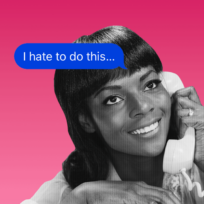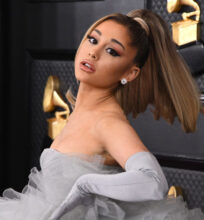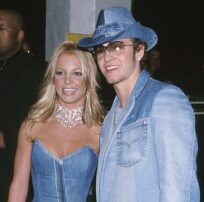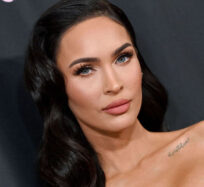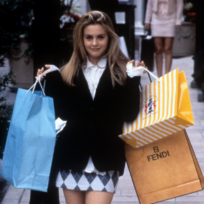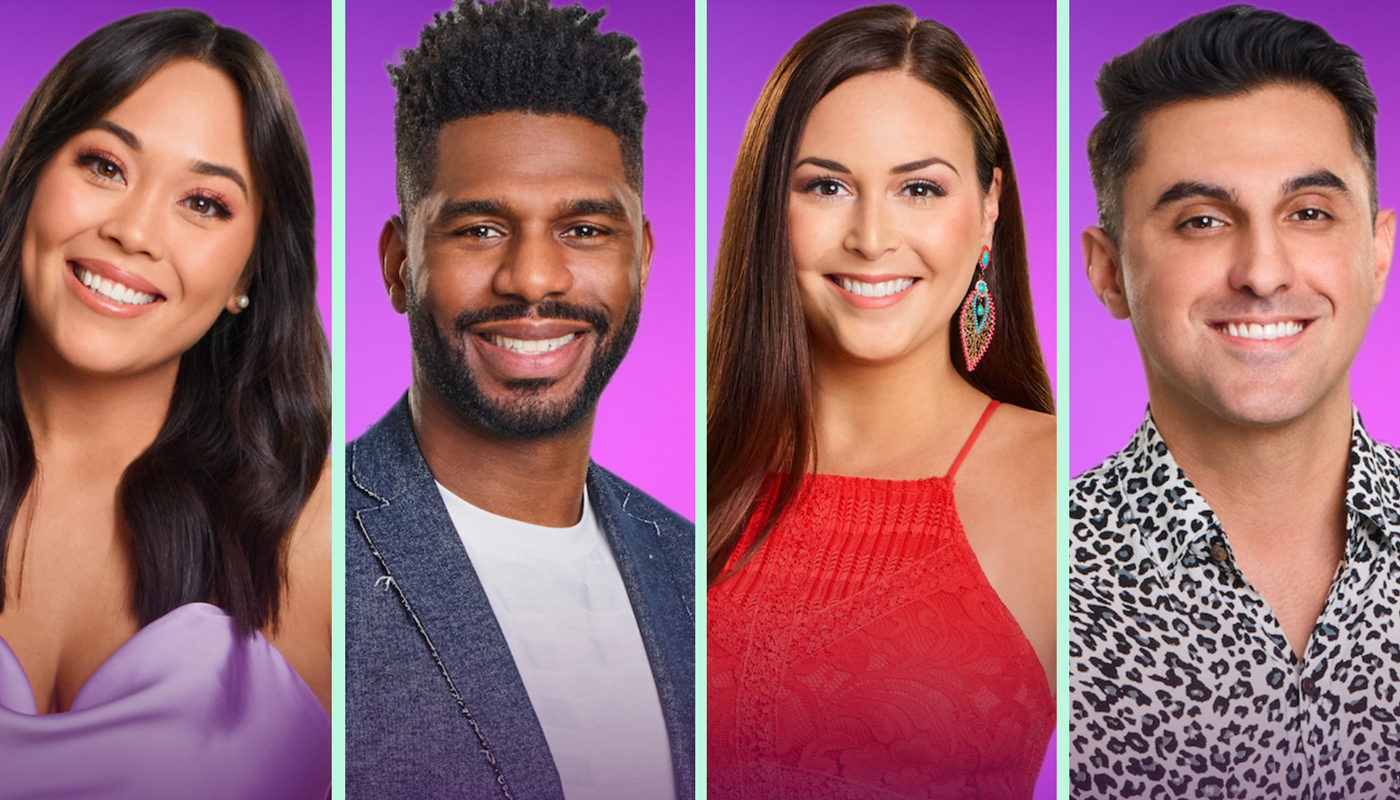Warning: Spoilers ahead for episodes 1-5 of Love is Blind season 4.
Love is Blind is back and just as messy as ever.
The show, now in its fourth season, is the reality show equivalent of the I’m not-like-other-girls girl. From the start, Love is Blind makes lofty claims, pronouncing itself “not like a regular dating show, but a cool dating show” by using the phrase “social experiment” to describe its premise. In reality, though, that premise is just as basic as the rest of them; put a bunch of conventionally attractive people under 40 together and watch them compete for love. Of course, Love is Blind puts its own spin on the formula.
The “Experiment”
On Love is Blind, single men and women go on literal blind dates to find love, get engaged, go on a luxury Netflix–funded vacay, and ultimately walk down the aisle. The point (aside from being entertaining) is to see whether or not love is truly blind. Here’s a quick rundown of the social experiment:
Phase 1: Dating
For the first 10-days, contestants date without seeing one another. These dates take place in “pods” which are small rooms separated by a wall. Dating, then, refers to talking to one another through a wall.
During phase 1, access to the outside world is limited (no phones or internet). Instead, contestants spend up to 20 hours a day in the pods. The rest of the time is spent with their fellow, same-gendered contestants in a shared living space. Inevitably, drama ensues as connections and cliques begin to form.
Phase 2: Honeymoon
At the end of this 10-day pod-dating period, contestants decide whether or not to get engaged “sight unseen.” Once they propose/accept a proposal, they get to meet for the first time.
After the big reveal, they go on a honeymoon, paid for by Netflix and featuring all the other engaged pod-couples in order to maximize drama. Since contestants are essentially vacationing with their exes, drama certainly ensues.
Phase 3: Engagement
Post-honeymoon, couples spend a month together before their wedding day. They live together, meet each other’s friends and family, drink from gold-plated goblets, and continue to meet up with fellow pod-couples (again, drama ensues).
They also spend this time planning their wedding and, come wedding day, they have to make their final decision; say “I do” or walk away forever. For some reason (I can guess), this decision must be made at the altar.
The Couples
Season 4 premiered on March 24 with and oh man is it a mess. After the disappointment of season 3, that’s not a bad thing. Five episodes in and we get five couples and a ton of red flags. Here’s the breakdown:
Brett and Tiffany
Tiffany starts the season feeling a bit insecure about being the shows’ resident geriatric at the ripe old age of 36. Brett is a Nike designer with rock hard abs and a sweet demeanor. He’s also 36 but, thanks to his gender, that’s not an issue. They have a strong pod-connection that easily translates in-person. They’re adorable together and I feel pretty confident that they’re this season’s sure thing, previews and clever editing be damned.
Marshall and Jackelina
Jackelina is a tough-talking baddie, all hard edges and gorgeous hair. She has two connections in the pods and ends up choosing Marshall, a sensitive soul who brings out her softer side. They’re about as opposite as two people could be and, while they’re cute together, I can see him ending up with a broken heart.
Paul and Micah
Paul, a nerdy science type with a boyish charm, has two pod-connections: Amber, a flight-attendant who’s been married twice and Micah, a 27-year-old marketing manager who connects with both Paul and Kwame. After initially guilt-tripping Kwame about his other connection, she ends up rejecting his semi-proposal. She then convinces Paul to break it off with Amber, complains about it “taking too long” when it lasts longer than the 5-minute breakup she gave to Kwame, and has her house-bestie spy on Amber afterwards.
Their meeting seems to go well, although she later says Paul isn’t her usual type. Funnily enough, Paul feels the same way, saying he usually dates crunchy, granola types. Micah, with her blond extensions and spray tan, is definitely not crunchy. She is entertaining, though.
Kwame and Chelsea
After Micah’s rejection, Kwame, a smooth-talking ex soccer player, ends up proposing to Chelsea, a no-nonsense pediatric speech therapist who’s easily the best person on the show. They have a ton of sexual chemistry in-person and their honeymoon is off to a solid start until Kwame and Micah reunite and all but “test the waters” at the group pool party.
Zack and Irina
Ah, now we get to the most interesting (read: dramatic) couple of the season—Zack and Irina. He’s a socially awkward criminal defense lawyer with baggage stemming from a single-mom who worked as a stripper to support him. In the pods, he falls for two women: Bliss, a warm, emotionally mature business owner who bakes him cupcakes on his birthday and Irina, a mean-girl with some pretty glaring red flags. Of course, he chooses Irina who proceeds to spend their honeymoon being as standoffish as possible while also flirting with Paul, her best friend’s fiancé.
It’s painfully obvious that he picked the wrong girl, a decision he tries to rectify in a cliffhanger reunion with Bliss.
The Toxicity
Love is Blind claims to focus on inner beauty. Contestants (all coincidentally attractive) repeat trite cliches about wanting to be their “most authentic selves,” find true love, and make “deeper connections.” Meanwhile, the show creates a problematic atmosphere designed for maximum entertainment value at the expense of real emotions.
Like all reality dating shows, there’s an element of competition and a false sense of scarcity. There’s a finite number of contestants to choose from and a clear-cut goal to “win.” There’s also an element of isolation, a common tactic used in cults, by the way, and sleep deprivation.
On top of that, pod-dating can easily create a false sense of intimacy between contestants. Frustration attraction, also known as the Romeo and Juliet effect, happens when an obstacle to love leads to stronger feelings. And being unable to physically see someone is certainly an obstacle. Another concept, known as the object relations theory, explains how contestants might project certain qualities onto their pod-partners. Thus, rather than falling in love with the person they’re falling in love with their own idea of the person.
But the real toxicity of the show lies in its relationship with the audience. There’s something inherently addictive about Love is Blind. Like a bad ex, you know it’s not good for you. You know it’s not going to end well. And yet, when 2:00 a.m. rolls around and a You up? text comes in, you’re right back to old habits.
Featured image courtesy of Netflix.




